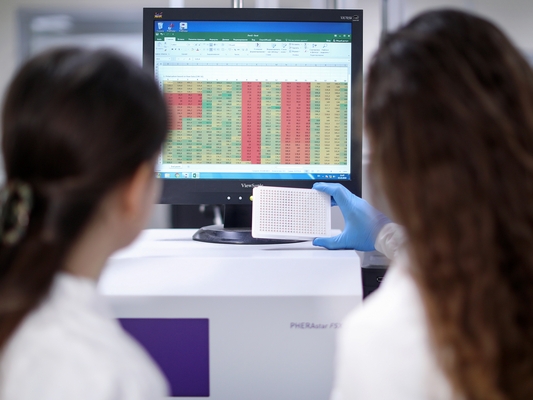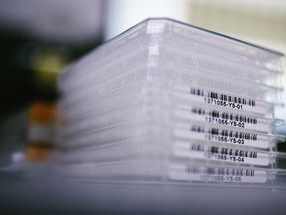Agro-like Library
Library of compounds intended for use in agro/crop science
15 084 compounds
Typical Formats
Catalog No.
AGR-10-Y-0
Compounds
10 240
32 plates
Amount
Any suitable for 1 assay
Plates and formats
384-well microplates,
320 compounds per plate,
first two and last two columns empty
Price
This email address is being protected from spambots. You need JavaScript enabled to view it.
Catalog No.
AGR-10-Z-5
Compounds
10 240
8 plates
Amount
5 µL of 10 mM DMSO solutions
Plates and formats
1536-well microplates, Echo Qualified,
1280 compounds per plate,
first four and last four columns empty
Price
This email address is being protected from spambots. You need JavaScript enabled to view it.
Catalog No.
AGR-10-Y-50
Compounds
10 240
32 plates
Amount
50 µL of 10 mM DMSO solutions
Plates and formats
384-well microplates,
320 compounds per plate,
first two and last two columns empty
Price
This email address is being protected from spambots. You need JavaScript enabled to view it.
Catalog No.
AGR-10
Compounds
10 240
Amount
Custom
Plates and formats
Any custom format
Price
This email address is being protected from spambots. You need JavaScript enabled to view it.
Structural parameters
We have identified several motifs/fragments/moieties which are abundant in agrochemicals. We used each of the following criteria for compound selection:
- contains 4 or more atoms of halogen (mostly Cl and F);
- has S-containing aliphatic/aromatic ring;
- contains polar, heteroatom-rich functional groups (e.g. diacyl hydrazines, N-acyl urea etc);
- contains oxazole/oxazoline rings;
- contains cyclopropanes;
- has O-containing aliphatic rings.
Structural exclusions
- No alcohols, primary amines and secondary amines occur less frequently in agrochemicals;
- No reactive/toxicophore groups (internal medchem filters). At the same time some compounds bearing active halogen (e.g. 2-chloropyridne) were left in the library;
- “Trivial” scaffolds and chemotypes.
Structural inclusions
- Acidic groups (e.g. carboxylic acids, acylsulfonamides etc.);
- Fsp3-rich molecules;
- Unusual/unique chemotypes/scaffolds/combination of cycles.
Diversity
The internal diversity filter was used to select the most diverse compounds (Coefficient of diversity: 0.86409).



